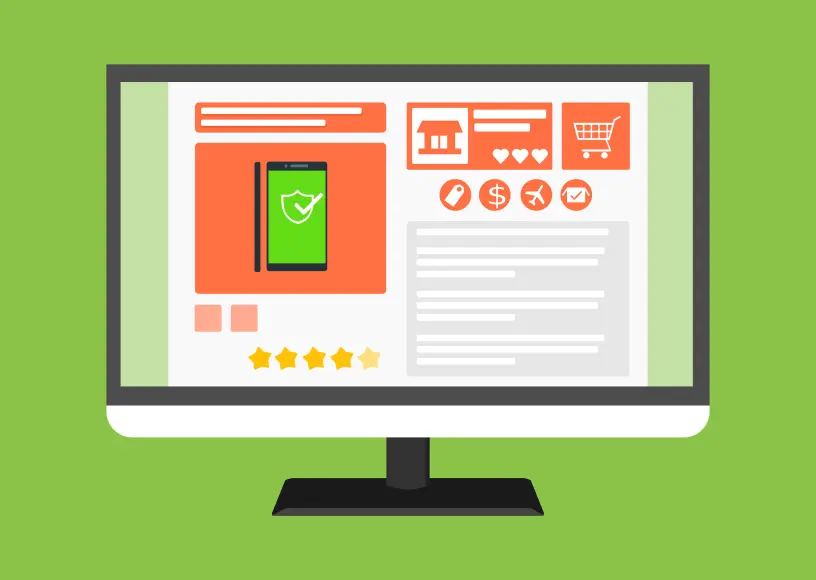
How to Sell Digital Products Online?
Selling digital products online can be a lucrative venture if done correctly. Here's a step-by-step guide to help you get started:
1. Choose Your Product:
Decide what digital product you want to sell. This could be ebooks, software, courses, music, videos, graphics, templates, or any other digital content.
2. Create Your Product:
Develop your digital product ensuring its quality and relevance to your target audience. Use appropriate tools and software for creation, and make sure it adds value to your customers.
3. Set Up Your Online Store:
There are several platforms available to set up your online store, including:
. E-commerce Platforms: Use platforms like Shopify, WooCommerce (for WordPress), BigCommerce, or Squarespace.
. Marketplaces: Sell your digital products on marketplaces like Amazon, Etsy (for digital downloads), Gumroad, or Creative Market.
4. Build Your Website:
If you're not using an existing platform, you'll need to build your website. Ensure your website is user-friendly, visually appealing, and optimized for conversions.
5. Payment Processing:
Set up a payment gateway to accept payments securely. Popular options include PayPal, Stripe, Square, and Authorize.Net. Make sure to choose a platform that supports digital product sales.
6. Digital Product Delivery:
Automate the delivery process to ensure customers receive their digital products instantly after purchase. Most platforms have built-in features for digital product delivery.
7. Marketing Your Products:
Develop a marketing strategy to attract customers to your store. This may include:
Content Marketing: Create blog posts, videos, or podcasts related to your product niche.
Social Media Marketing: Promote your products on social media platforms like Facebook, Instagram, Twitter, and LinkedIn.
Email Marketing: Build an email list and send newsletters, product updates, and promotions to your subscribers.
Paid Advertising: Use platforms like Google Ads, Facebook Ads, or Instagram Ads to reach a wider audience.
8. Optimize for SEO:
Ensure your website and product pages are optimized for search engines to improve visibility and attract organic traffic. Use relevant keywords, optimize meta tags, and create high-quality content.
9. Provide Excellent Customer Support:
Offer prompt and helpful customer support to address any queries or issues customers may have. This will improve customer satisfaction and encourage repeat purchases.
10. Monitor and Improve:
Continuously monitor your sales, website traffic, and customer feedback. Analyze data to identify areas for improvement and make necessary adjustments to your marketing strategies and product offerings.
Remember, building a successful online business takes time, effort, and dedication. Stay consistent with your efforts, listen to customer feedback, and adapt to changing market trends to maximize your chances of success.